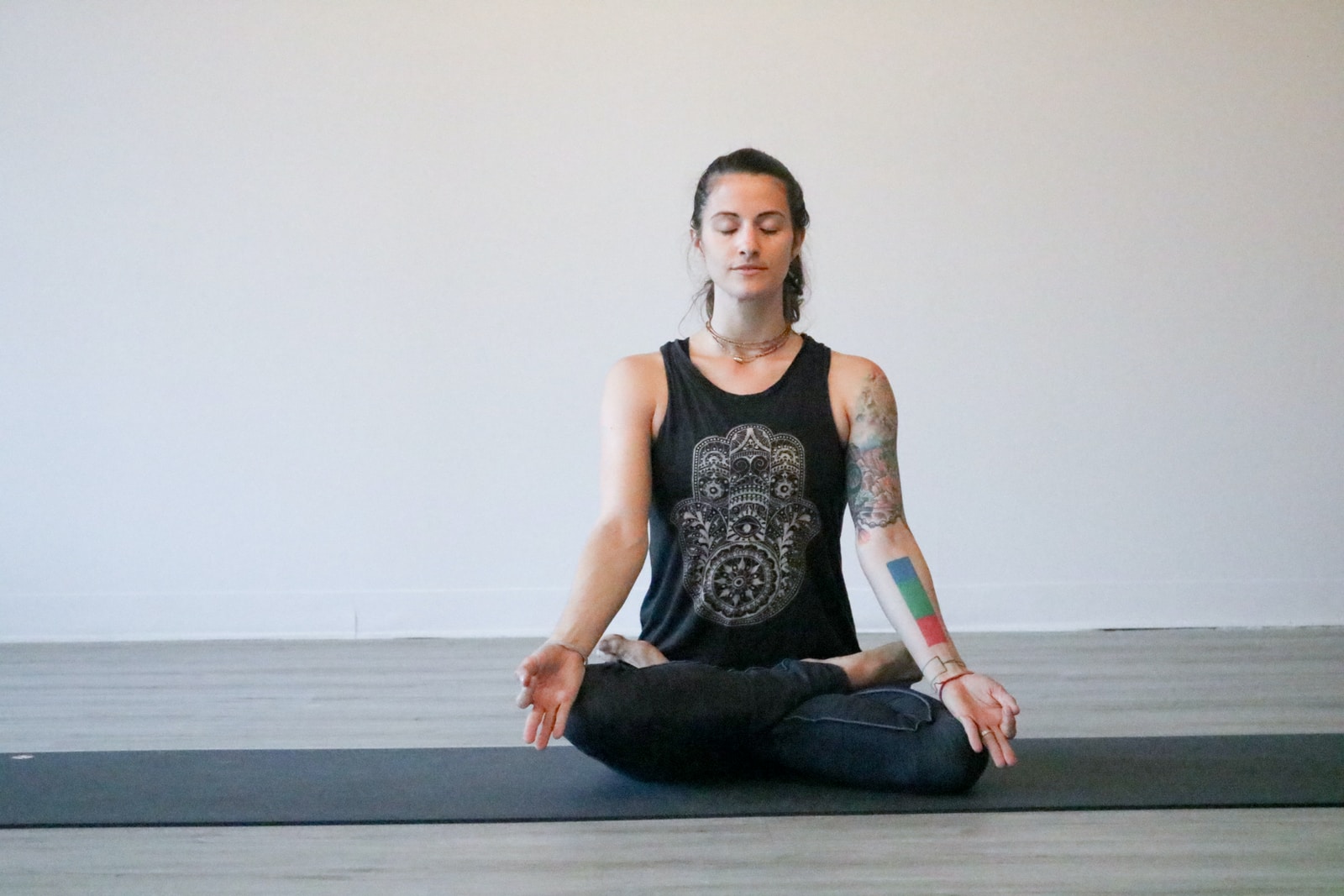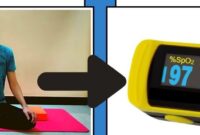
It is vital to relieve stress by starting breathing exercises for anxiety. That’s because blood cells receive oxygen when you breathe and release carbon dioxide, which is then carried back to the rest of the body and exhaled.
The dangers of anxiety can make you experience an increased heart rate, dizziness, muscle tension, and other physical sensations. That’s because when you’re feeling anxious, a person tends to take quick and shallow breaths from the chest (thoracic breathing), which interferes with oxygen and carbon dioxide levels in the body.
Four types of breathing exercises for anxiety
Here are breathing exercises for anxiety that you can try when you’re feeling anxious:

1. Breathe deeply
According to The American Institute of Stress (AIS), taking deep breaths from the belly for 20-30 minutes daily can reduce anxiety and stress. Deep breathing increases the oxygen supply to the brain and stimulates the parasympathetic nervous system, promoting calm.
AIS recommends a technique that combines deep breathing and visualization. This technique only takes six seconds:
- First, smile and try to relax your shoulders.
- Imagine there is a hole in the sole. As you take a deep breath, imagine the hot air flowing through the opening, moving slowly up the legs, through the stomach, and filling the lungs.
- As you exhale, imagine the opposite so that you ‘see’ hot air escaping from the same opening in your leg.
2. Extend breath
However, taking too many deep breaths too quickly can cause you to hyperventilate. As a result, the amount of oxygen-rich blood flowing to the brain will decrease. In addition to taking deep breaths, also try to lengthen the breath.
Here are the ways:
- Before taking a deep breath, exhale completely. Push all the air out of the lungs, then let the lungs work to inhale the air.
- Next, try to exhale a little longer than when you inhaled. For example, try to inhale for four seconds, then exhale for six seconds.
- Try doing this for 2-5 minutes.
3. Breathe Mindfully
Another breathing exercise to help relieve anxiety is mindful breathing. This exercise involves focusing your breath and bringing your mind to the present without being reminded of worries about the past or future. Breathing deeply, consciously, and slowly can reduce anxiety.
Here are the ways:
- Try to inhale and exhale normally. Feel the tension in your body that you were not aware of before.
- Take a deep breath through your nose.
- Watch your belly and upper body expand.
- Exhale in whatever way is most comfortable.
- Please do it for a few minutes and watch the rise and fall of the stomach.
- Choose a word to focus on or sound out as you breathe. It sounds like “om,” a short prayer, or positive words like “relax” or “peace.” Voice the word you have chosen every time you inhale or exhale.
- Imagine your Breathtaking negative thoughts and energy out of your body.
- When your thoughts are distracted, gently return attention to your breathing and words.
4. Diaphragmatic Breathing
Breathing from the diaphragm (the muscle just below the lungs) aims to reduce the work of living by slowing the breathing rate, decreasing the need for oxygen, and using less force and energy to breathe.
If you later feel anxious, do these diaphragmatic breathing exercises:
- Inhale slowly and deeply through your nose. Keep your shoulders relaxed. The stomach should expand, and the chest should rise slightly.
- Exhale slowly through your mouth. As you exhale, purse your lips slightly, but keep your jaw relaxed. You may hear a soft ‘whoosh’ sound as you exhale.
- Repeat breathing exercises for anxiety. Please do it for a few minutes until you start to feel better.



